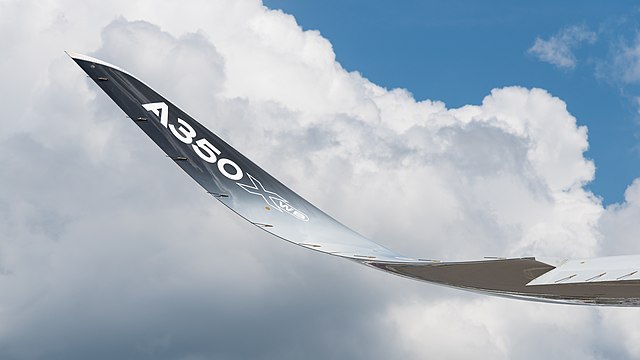Peter C. Masak was an engineer, inventor, and glider pilot. He graduated with a Bachelor of Applied Science degree in mechanical engineering in May 1981 from the University of Waterloo, Ontario, Canada. He earned his glider pilot license at the age of 16 and his power pilot license at the age of 18, the minimum ages for both. Peter was a Canadian soaring record holder and represented Canada and later the United States in the World Gliding Championships. He logged almost 2000 hours of glider flight time. He was living in West Chester, Pennsylvania, with his wife Adrienne and their three children when he died.
Schempp-Hirth Ventus 2a glider with factory winglets based on Masak's designs
Wingtip devices are intended to improve the efficiency of fixed-wing aircraft by reducing drag. Although there are several types of wing tip devices which function in different manners, their intended effect is always to reduce an aircraft's drag. Wingtip devices can also improve aircraft handling characteristics and enhance safety for following aircraft. Such devices increase the effective aspect ratio of a wing without greatly increasing the wingspan. Extending the span would lower lift-induced drag, but would increase parasitic drag and would require boosting the strength and weight of the wing. At some point, there is no net benefit from further increased span. There may also be operational considerations that limit the allowable wingspan.
The Airbus A350 wingtip device
The Ha 137 prototype aircraft, fitted with vertical wing extensions, c.1935–1937
Heinkel He 162A with Lippisch-Ohren wingtip devices
Winglet on KC-135 Stratotanker with attached tufts showing airflow during NASA tests in 1979–1980





